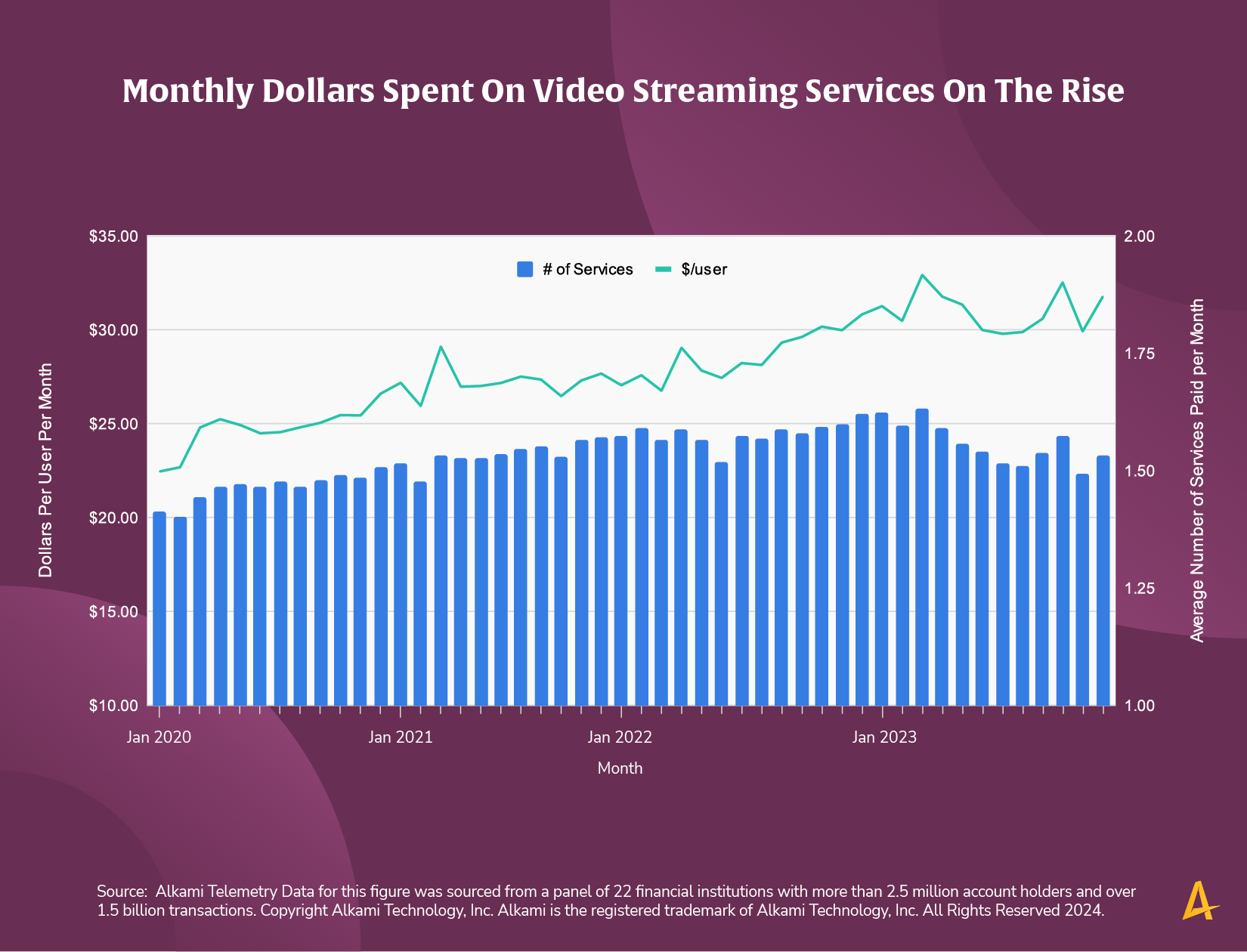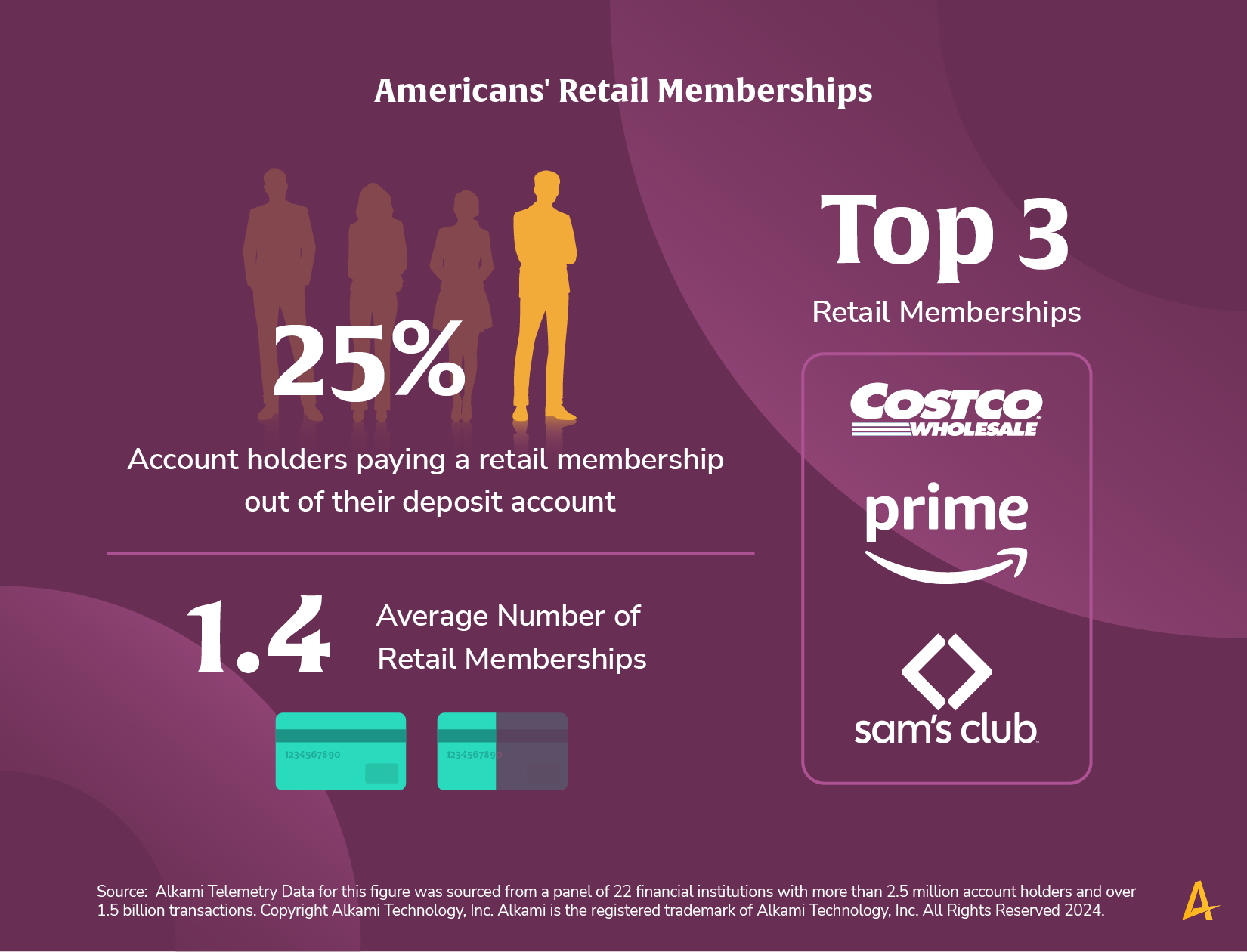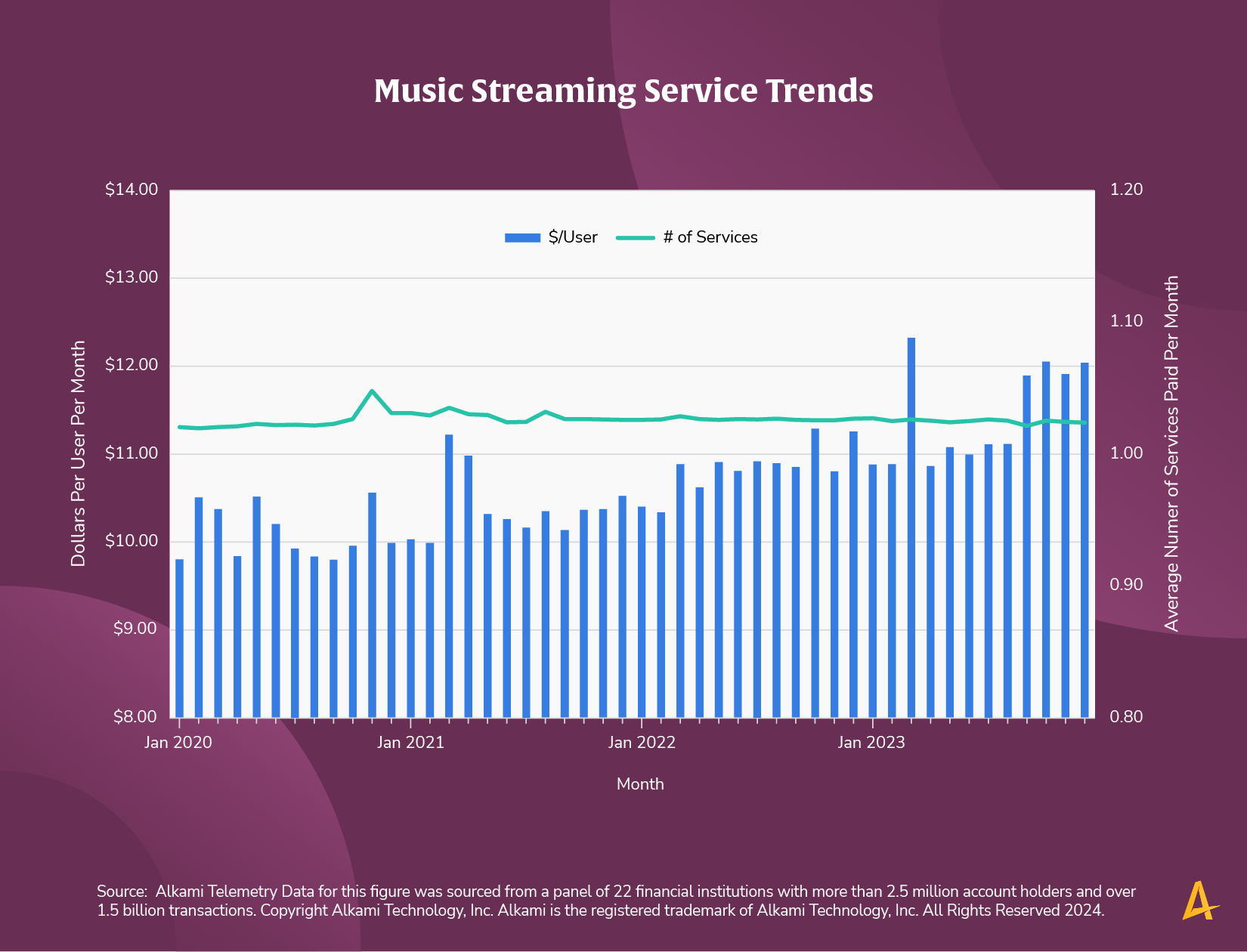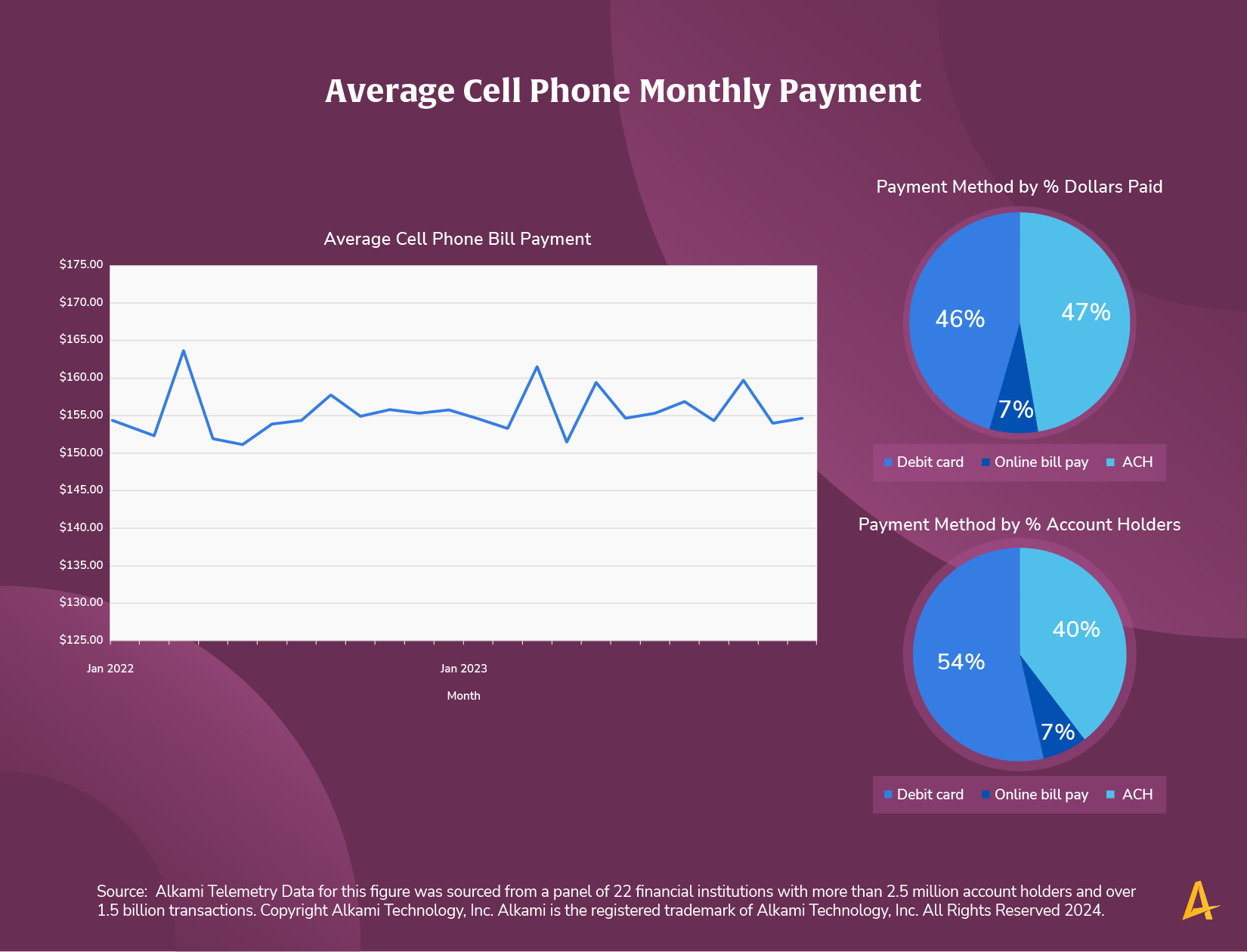One of the more popular forms of payment collection is the recurring payment, also known as a subscription model. Providing a regular and typically predictable revenue cadence, recurring payments are purported to bolster everything from account holder acquisition to long-term retention strategies. Digital payment platforms have further expedited ease of use for consumers looking to pay for essentials, like utility bills, and extras, like streaming services.
Financial institutions (FIs) can benefit from understanding consumer payment behaviors and trends to make better use of subscription payment interchange revenue and further demonstrate their value to account holders. To bring this opportunity to focus, Alkami analyzed real consumer subscription payment data across a variety of banks and credit unions using our transaction enrichment and data analysis process.

Streaming services have become commonplace, occurring across nearly 99 percent of all U.S. households. The majority of these platforms operate in a subscription model.
The Alkami Research team took a closer look at how many video streaming service accounts consumers are paying for on a monthly basis out of a financial institution’s deposit account. The data revealed consumers’ service subscriptions increased from an average of 1.41 in January 2020 to 1.63 in March 2023 with a subsequent downturn to 1.53 subscriptions by December 2023. Total average dollars spent per user trended upward for the entire period analyzed. The average user spent $20.48 on video streaming services in January 2020. This amount increased by 41.3 percent to $31.78 per month in December 2023.
Interestingly, consumers may have reduced the number of services they subscribe to while streaming platforms respond to inflation concerns by increasing fees. Netflix was the most common video streaming service: of those with any service, more than 50 percent of the accounts analyzed had a Netflix membership.
If 99 percent of your account holders transitioned 1.53 monthly recurring payments for their video streaming services to your bill pay or debit card, what impact could this have on the revenue you receive from interchange fees? Banks and credit unions can also promote account holder financial health by encouraging them to conduct an audit of their expenses and cancel any subscriptions no longer needed.
Another area on the rise is retail memberships where consumers pay a subscription fee to receive value-added brand benefits. This model creates increased engagement and brand loyalty.
Alkami’s data research revealed the average account holder has 1.4 retail memberships, and 1 in 4 of these individuals paid out of their checking account in 2023. Remarkably, these figures may be even higher since the panel did not include memberships paid for via credit card transactions.
While the market is dominated by Amazon Prime, Costco, and Sam’s Club, more and more retailers are launching membership models. On the whole, these memberships are attractive to consumers due to promises of benefits such as curated products (Costco), access to additional services (Amazon Prime and Music), and reduced or eliminated service fees (Doordash Dash Pass).

Financial institutions can learn lessons from retailers about rewarding brand loyalty when designing their own product offerings. With consumers clearly willing to pay more for extras, financial institutions could create options that drive retention such as premium statuses that may offer lower rates, waive fees, or reward usage minimums.
A subcategory worthy of special attention, music streaming services have created a niche known for its consumer loyalty. While consumers who stream video media have an average of 1.53 streaming subscriptions, their musical counterparts pay for just 1.03 services a month. This demonstrates a music streamer’s need for a single solution and their willingness to remain with a platform as long as it meets their content and feature requirements.
Costs for music streaming have increased by 13 percent to $11.43 per month since 2021, leaving them still less expensive than video streaming subscriptions. The Alkami Research panel found Spotify to be the leading provider for music streaming followed by Amazon Music and Pandora. While Apple Music is likely among the top performers, the data could not be verified since Apple does not differentiate its subscription offerings when labeling transaction descriptions.

Financial institutions can improve revenue by understanding that their account holders are likely consumers of multiple streaming platforms, providing ample opportunity for banks and credit unions to drive interchange revenue as a credit or debit card of choice. Financial institutions can also position themselves as a trusted advisor for their account holders by encouraging them to consolidate their subscriptions with the understanding that most only need access to one music streaming service.
While inflation has increased the price of many consumer goods, cell phone payments have remained flat in the last year. The average cell phone payment in 2023 was $155.81 per month compared to a similar $155.07 in 2022.
This is largely attributed to a highly competitive market across all carriers. Most offer the same hardware and calling plan options to consumers, making it difficult for providers to increase prices. Another reason for the pricing stability could be the nature of cell phone contracts, which tend to be longer term and may take more time to show signs of inflation’s overall impact.

Financial institutions should focus on the fact that cell phone payments have become an integral part of nearly all consumer utility budgeting. These monthly service charges with their long-term commitments can be a boon to financial institutions that can encourage their account holders to use their debit or credit card to create interchange revenue annuity. By analyzing internal data, banks and credit unions may also find more opportunities to increase revenue as well as determine whether they hold primary financial institution status across their account holder base. Notably, 47 percent of total dollars for cell phone bills are paid via ACH, providing a chance for financial institutions to improve overall outcomes.
